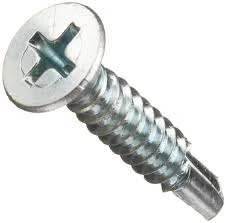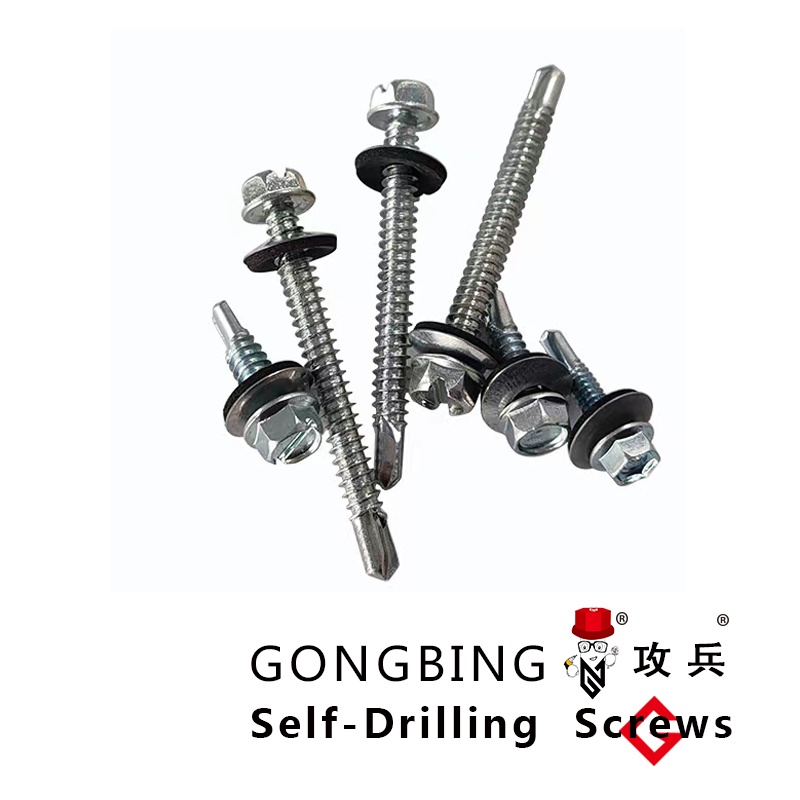Jan . 09, 2025 12:19
Back to list
nylon head self drilling screws
Self-drilling screws have transformed the way professionals and DIY enthusiasts approach construction and assembly tasks. Unlike traditional screws, which require pre-drilled holes, self-drilling screws come with their own unique drill point, eliminating the need for separate drilling and fastening steps. This enhances speed and efficiency on the job site. Here is a guide to understanding different types of self-drilling screws, offering insights into their applications and best practices.
Winged self-drilling screws are specialized fasteners equipped with tiny wings that bore a slightly wider hole near the surface. This feature allows the screw to easily pass through thinner materials like sheet metal before boring directly into a more robust base material. Upon contact with the base material, the wings snap off, allowing the screw to continue into the base without catching on the thinner top layer. These are particularly effective in composite structure assemblies. To optimize the performance of self-drilling screws, material selection is critical. Stainless steel screws are resilient to rust and corrosion, making them ideal for outdoor applications or environments exposed to moisture or chemicals. In contrast, zinc-plated screws are more economical and offer moderate corrosion resistance, suitable for indoor projects or dry climates. Real-world experience suggests that using the right type of self-drilling screw for the right job not only improves efficiency but also longevity of the constructed or repaired item. Equally important is the consideration of screw size and application requirements. Over-tightening or using a mismatched screw type can lead to material failure or suboptimal performance. The growing demand for self-drilling screws in construction and DIY projects underscores their versatility and supportive role in modern workmanship. Recognizing the types, understanding their applications, and knowing how to use them properly is fundamental to harnessing their true potential. Employing the expertise of seasoned practitioners and referring to manufacturer guidelines further contribute to successful project outcomes.


Winged self-drilling screws are specialized fasteners equipped with tiny wings that bore a slightly wider hole near the surface. This feature allows the screw to easily pass through thinner materials like sheet metal before boring directly into a more robust base material. Upon contact with the base material, the wings snap off, allowing the screw to continue into the base without catching on the thinner top layer. These are particularly effective in composite structure assemblies. To optimize the performance of self-drilling screws, material selection is critical. Stainless steel screws are resilient to rust and corrosion, making them ideal for outdoor applications or environments exposed to moisture or chemicals. In contrast, zinc-plated screws are more economical and offer moderate corrosion resistance, suitable for indoor projects or dry climates. Real-world experience suggests that using the right type of self-drilling screw for the right job not only improves efficiency but also longevity of the constructed or repaired item. Equally important is the consideration of screw size and application requirements. Over-tightening or using a mismatched screw type can lead to material failure or suboptimal performance. The growing demand for self-drilling screws in construction and DIY projects underscores their versatility and supportive role in modern workmanship. Recognizing the types, understanding their applications, and knowing how to use them properly is fundamental to harnessing their true potential. Employing the expertise of seasoned practitioners and referring to manufacturer guidelines further contribute to successful project outcomes.
Next:
Latest news
-
Weatherproof Plastic Expansion Anchors for OutdoorNewsJun.06,2025
-
Sustainability in the Supply Chain: Eco-Friendly TEK Screws ProductionNewsJun.06,2025
-
Load-Bearing Capacity of External Insulation FixingsNewsJun.06,2025
-
Double Head Bolts: Enhancing Efficiency in Industrial MachineryNewsJun.06,2025
-
Corrosion Resistance in Chipboard Screws: Coatings for Wholesale DurabilityNewsJun.06,2025
-
Butterfly Toggle Bolts : Enhancing Structural ResilienceNewsJun.06,2025
